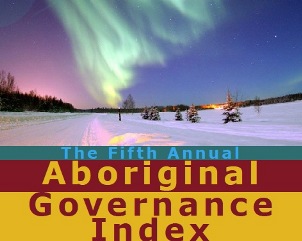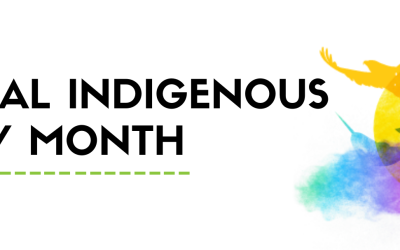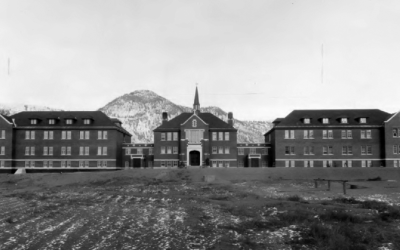 Executive Summary
Executive Summary
The intent of the Aboriginal Governance Index (AGI) is to provide Manitoba, Saskatchewan and Alberta First Nations with a convenient benchmark against which individual bands can measure their progress in developing high-performance governance institutions. We strongly emphasize that the Index measures the perception of governance, not necessarily governance itself.
The performance of each First Nation was evaluated by a survey that our research assistants conducted with local residents. As will be explained later, this year’s survey also included phone surveys by a professional polling firm.
We hope individual band members reading this report can benefit from the information it contains. Knowing where their band government places in the perceptions of good governance can be a source of empowerment for individuals. They can use this information to encourage their communities to adopt better institutions of governance. (The survey questions are in the Appendix.)
Each band’s overall ranking is based on a weighted composite of scores that evaluate four broad areas of good governance (previously, we had five). The dimensions of good governance evaluated in this report are as follows:
• Services – How well are health, education, social and other public services delivered?
• Elections – How fair and impartial are votes for leaders?
• Human Rights – How much regard is assigned to basic rights?
• Transparency – How well-informed are citizens about their government?
This year, we focused more closely on what our survey means for what First Nations expect of their governments and how well these expectations are met.
The results confirmed several statistical connections that we observed in previous AGI studies. Category scores tend to be correlated with each other. In other words, high performance in one category tends to predict good results in other categories.
This year’s report includes a section on proven best practices. In it, we provide helpful tips on how to separate band politics from administration, business and service delivery as well as help First Nation governments to be as transparent as they can be. Some of the ideas include:
• Promoting the development of independent media within the community
• Posting all essential financial and electoral information on band Web sites
• Implementing policies that ensure most band council meetings are held on-reserve
• Establishing an independent official to resolve disputes
• Implementing policies that separate business or program managers from the chief and council
We looked at the issue of remedial intervention in First Nation communities and how it relates to our rankings. We discuss funding to band governments and whether it will affect governance on First Nations.
What is the Aboriginal Governance Index?
The AGI is a convenient way to measure the governance of participating bands on the Prairies. Each band receives scores in several areas: services, human rights, elections and transparency. Ranking in each area is based on the responses to the survey questions that our research assistants asked a sample number of band members. We tabulate the rankings from these responses. Each band receives a score between 14 and 100 on four dimensions of good governance. Higher scores mean that respondents generally described high-quality governance. Each of the category scores is averaged out to provide the total AGI score for each band.
The AGI is part of the Aboriginal Frontiers Project at the Frontier Centre for Public Policy. It was developed as a means to provide an on-the-ground account of First Nation governance. To our knowledge, it is the only survey project that asks these questions of grassroots Aboriginal people. The project began in Manitoba in 2006 under the direction of Don Sandberg, then head of the Aboriginal Frontiers Project. In 2007, the project expanded to Saskatchewan, and in 2008, Alberta was included. Since then, we have been building on the project, including improving its methodology and questions, based on input from the respondents and professional polling firms.
View entire study as PDF (36 Pages)


